An extensive 12th-century hospital network is being revealed in Cambodia.
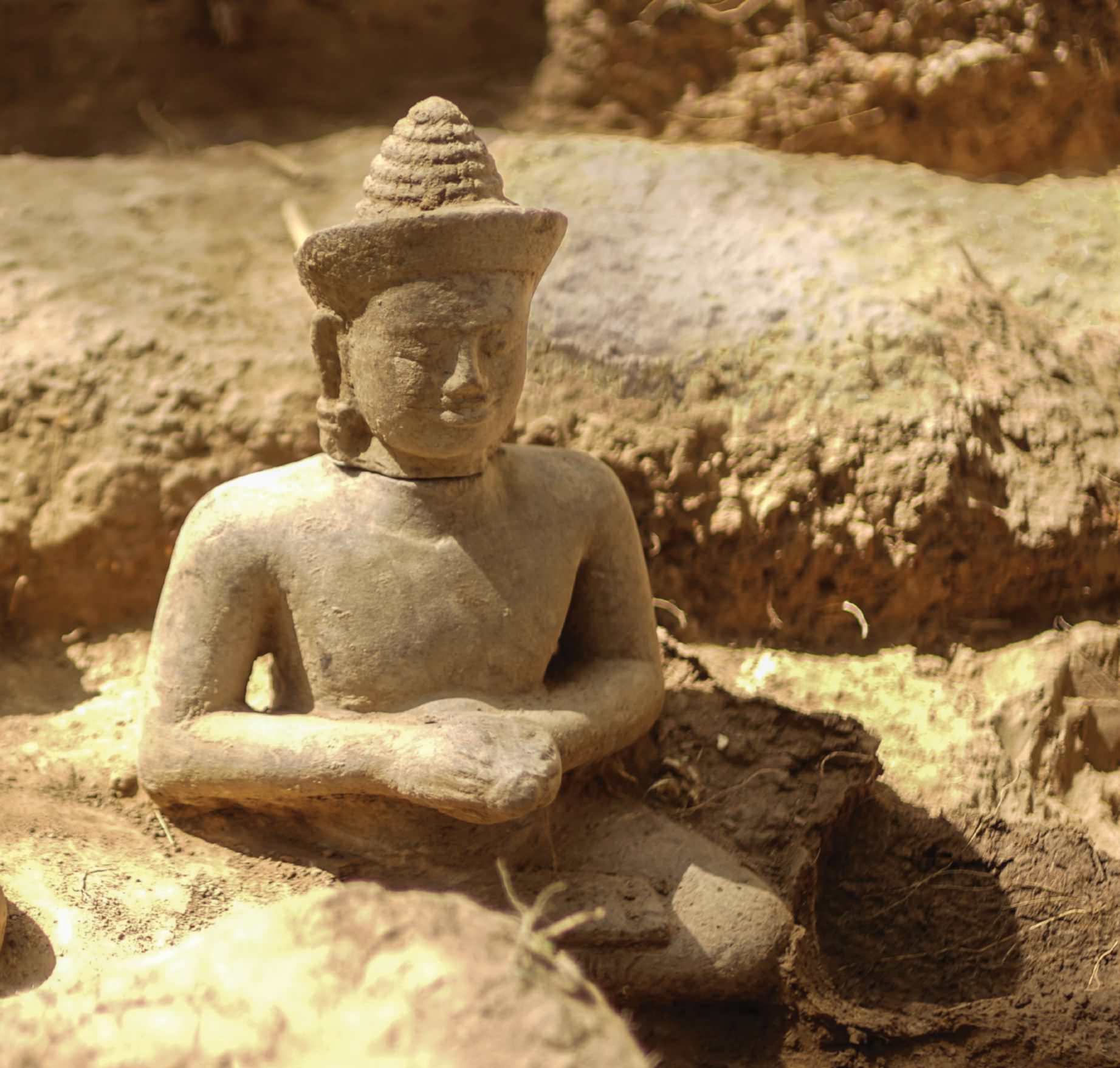
Just beyond the walled city of Angkor Thom, within the ancient Khmer metropolis of Angkor in northwestern Cambodia, archaeologists have unearthed evidence of what might be the world’s first government healthcare system. They are investigating the remains of a twelfth-century hospital complex called Tonle Sngout, which sat at one of five gates to Angkor Thom. The hospital served as a bustling checkpoint for thousands of residents, travelers, patients, and pilgrims entering and leaving the city. The findings, including six rare statues, attest to the empire-building efforts of the Khmer king Jayavarman VII, who ruled between 1182 and 1218. Arguably the greatest of all the Khmer rulers, he built Angkor Thom, instituted Buddhism as the state religion, and expanded the Khmer kingdom to its apogee by military conquest and by wielding the power of medicine and social services.
The world-famous archaeological site of Angkor, best known for Angkor Wat, the twelfth-century temple built by one of Jayavarman VII’s Hindu predecessors, was the capital of the Khmer Empire from about the ninth through the fifteenth centuries. For most of that time, the kings of Angkor ruled over territory that ranged from the southern tip of Vietnam across Cambodia, Laos, and parts of Thailand, Myanmar, and China’s Yunnan Province. Jayavarman VII was born into the royal family in Angkor around 1120 and lived to be nearly 100, dying in 1218. He took power after leading the campaign to expel invaders from neighboring Champa, who had occupied Angkor for several years. Scholars believe that as part of his effort to rebuild the kingdom and consolidate Khmer power, he embarked on a phase of construction across his empire, building a network of roads, canals, reservoirs, and temples— and exactly 102 hospitals, called arogyasala.
This story is from the January/February 2018 edition of Archaeology.
Start your 7-day Magzter GOLD free trial to access thousands of curated premium stories, and 8,500+ magazines and newspapers.
Already a subscriber ? Sign In
This story is from the January/February 2018 edition of Archaeology.
Start your 7-day Magzter GOLD free trial to access thousands of curated premium stories, and 8,500+ magazines and newspapers.
Already a subscriber? Sign In
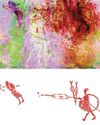
A Very Close Encounter
New research has shown that human figures painted in red on a rock art panel in central Montana depict individuals engaged in a life-or-death encounter during an especially fraught historical moment.
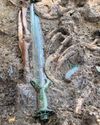
A Sword for the Ages
A zigzag pattern, now tinged with the green-blue patina of oxidized metal, adorns the octagonal hilt of a rare sword dating to the Middle Bronze Age in Germany (1600-1200 B.C.) that was recently excavated in the Bavarian town of Nördlingen.
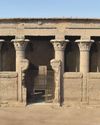
Ancient Egyptian Astrology
For centuries, layers of soot have coated the ceilings and columns in the entrance hall of Egypt's Temple of Esna. Now, an Egyptian-German team of researchers, led by Hisham El-Leithy of the Egyptian Ministry of Tourism and Antiquities and Christian Leitz of the University of Tübingen, is restoring the temple's vibrant painted reliefs to their original brilliance.
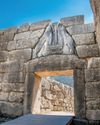
BRONZE AGE POWER PLAYERS
How Hittite kings forged diplomatic ties with a shadowy Greek city-state
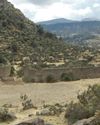
RITES OF REBELLION
Archaeologists unearth evidence of a 500-year-old resistance movement high in the Andes

Secrets of Egypt's Golden Boy
CT scans offer researchers a virtual look deep inside a mummy's coffin

When Lions Were King
Across the ancient world, people adopted the big cats as sacred symbols of power and protection

UKRAINE'S LOST CAPITAL
In 1708, Peter the Great destroyed Baturyn, a bastion of Cossack independence and culture

LAPAKAHI VILLAGE, HAWAII
Standing beside a cove on the northwest coast of the island of Hawaii, the fishing village of Lapakahi, which is surrounded by black lava stone walls, was once home to generations of fishers and farmers known throughout the archipelago for their mastery of la'au lapa'au, or the practice of traditional Hawaiian medicine. \"

A MORE COMFORTABLE RIDE
Although the date is much debated, most scholars believe people 5,000 years ago. For thousands of years after that, they did so without saddles. \"In comparison with horse riding, the development of saddles began relatively late, when riders began to care more about comfort and safety in addition to the horse's health,\" says University of Zurich archaeologist Patrick Wertmann.